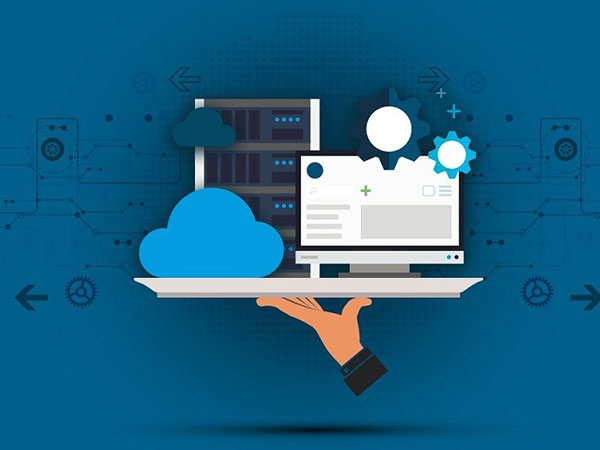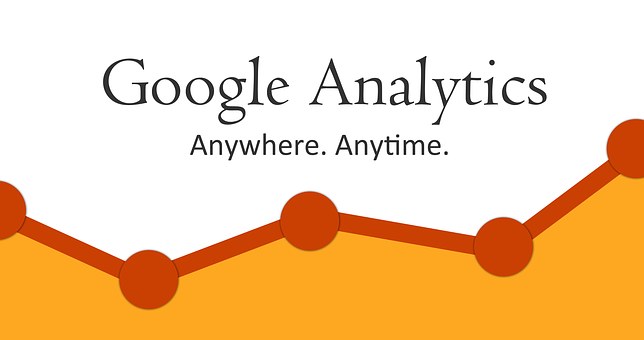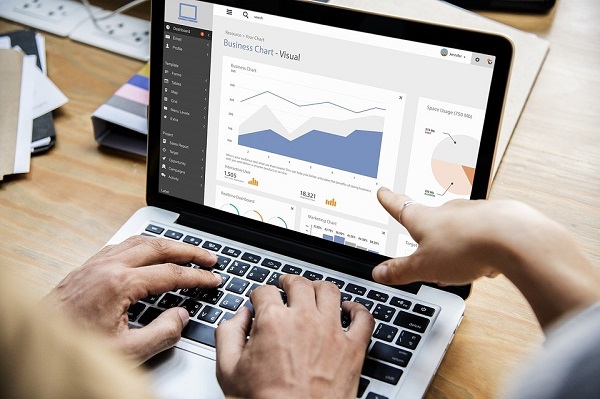There are two major developments tellingly touching and transforming the lives of people across the globe. The first one is that there is an unprecedented growth in data getting generated, garnered, and stored (data volume) followed by a significant increase in data variety, variability and velocity. This phenomenon is formally named as the onset of the Big Data era. The second one is the growing need for doing more accurate, affordable and automated analytics on Big Data to spew out game-changing, timely, decisive, and deeper insights with all the much-demanded efficiency. Data is being given the highest stature of a strategic asset these days as data-driven enterprises are being tipped as the one bound for cognitive and continued success.
It is being visualized that the seamless combination of Big Data and analytics is to auger well for not only business houses but also for every citizen of this world in their everyday life. In a nutshell, with the impending and technology-inspired smart synchronization of Big Data with analytics, the field of knowledge discovery and dissemination is bound to reach greater heights especially in deriving actionable and real-time intelligence in the days to unfold. That is, this convergence sets a stimulating and scintillating foundation for the forthcoming knowledge era.
With the faster maturity and stability of enterprise, embedded, web, and cloud spaces, the number of data sources is on the climb consistently. Billions of mechanical, electrical and electronics devices are getting instrumented and interconnected accordingly to be intelligent in their operations, outputs and offerings. Besides a bevy of social networking sites (web 2.0), scores of highly competent miniaturization, edge and connectivity technologies facilitate the rapid and risk-free realization of trillions of digital and connected objects (alternatively annotated as sentient materials, smart articles, disappearing and disposable items, etc.) out of ordinary yet tangible physical things. All these advancements and articulations clearly portend that the data size, scope, structure, and speed are changing fast and the final results are going to be far more insightful and impactful.
Today, besides data getting originated in multiple formats and bigger sizes from distributed and diverse sources, the speed and the smartness with which data transition, aggregation, processing, and mining happen are really sending a positive signal to worldwide consumers, clients and customers. That is, the fields of data science, engineering, analytics and management are gaining more market and mind shares. It is an irrefutable fact that there are delectable and decisive improvements on processes, procedures, practices, platforms, patterns, and products for smoothly and seamlessly turning and tuning data to information and to knowledge.
There are a couple major causes for a greater volume of data:
The growing device ecosystem
The device ecosystem is expanding fast thereby there is a growing array of fixed, portable, wireless, wearable, nomadic, and mobile devices (medical instruments, manufacturing and controlling machines, consumer electronics, media players, kitchen wares, household utensils, equipment, appliances, personal digital assistants, smartphones, tablets, etc.). Trendy and handy, slim and sleek personal gadgets and gizmos are really and readily appealing and eye-catching to people today. The machine-generated data is higher and heavier than man-generated data. This clearly vouches for the point that there is a direct proportion between data growth and new devices.
The realization of digitalized entities
Further on, there are implantable, macro and nano-scale, disposable, disappearing, and diminutive sensors, actuators, chips and cards, tags, speckles, labels, stickers, smart dust, and dots being manufactured in large quantities, deployed randomly in our everyday environments, and are attached on different bigger static and non-electronic artifacts and articles for enabling them to be computational, communicating, sensitive, adaptive and responsive. The idea is to gather environment intelligence, any noteworthy state changes, any specific events, and to capture various happenings in that environment in real time. All these clearly portray one thing. That is, data are generated in huge amounts and transmitted to be analyzed at an excruciating speed to come out with actionable insights.
The tremendous adoption of social media sites
Social sites are not only for reading but also for commenting, liking, and sharing our views, photos, announcements, etc. There are blogging sites for our posting musings and tweets, professional sites for exposing our education qualifications, industry experiences and technical expertise, etc. All these energize our thoughts and sharing them to the whole world via mass platforms and thereby the amount of personal and social information is mind-boggling.
On the other hand, the analytics domain has been going through a series of incredible innovations constantly emitting a variety of buzzwords such as diagnostic analytics, descriptive analytics, predictive analytics, prescriptive analytics, etc. Further on, there are high-performance analytics, real-time analytics, machine analytics, etc. with a flurry of path-breaking improvisations in the IT space. With the underlying data becoming Big Data, we can safely expect big insights with the availability of highly robust and resilient data analytics solutions and services. As IT infrastructures are being systematically cloud-enabled to be agile, optimized, elastic, sharing, automated, and orchestrated, the days of accomplishing Big Data analytics on cloud environments (private, public and hybrid) seem to be brighter.
The results of this grandiose linkage are really mesmerizing and salivating. We cannot be complacent on the part of capturing of disparate, geographically distributed data, subjecting them to a series of right and relevant investigations for removing all kinds of routine data, and polishing them to become compatible for the target environment. These are being touted as pre-processing steps primarily getting accomplished through standard-compliant Hadoop platforms and NoSQL databases. Precisely speaking, this phase is for automating the transition from semi and no-structured data into structured data. Once we get the decision-enabling and value-adding data to be stored in data warehouses / cubes / marts, then there are innumerable business intelligence (BI) and data visualization tools in order to embark on activities such as slicing, dicing, etc., for squeezing out pragmatic insights to lean upon.
The role of IT here for next-generation Big Data analytics is simply great by meticulously leveraging IT infrastructures and platforms, applications (professional as well as personal). Resultantly common, casual and cheap things are becoming smart, electronics are bound to become smarter to be distinctively remarkable and rewarding in anticipating peoples’ needs dynamically, fulfilling them and delivering them unobtrusively to right users at right time and at right place. Ultimately humans are empowered to be the smartest in their deals, deeds and decisions.










![7 data-driven ways to optimize your online store for mobile [Infographic]](https://crayondata.ai/wp-content/uploads/2019/11/optimize-1.jpg)


![Top tips and tricks to improving your customer experience [Infographic]](https://crayondata.ai/wp-content/uploads/2019/01/customer-journey-1.jpg)









